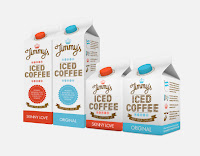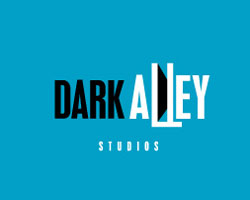Business cards are generally recognized as being boring and simplistic in design, created and used for one purpose: to invite clients to patronize the products and services that you or your company offers. Throughout the last couple of decades, designers especially have found ways to really get creative with their business cards and other business stationary. There are many great ideas as to how a card should be designed in order to catch the the viewer's attention and also help build a brand name and make it successful. I spotted some of these uniquely designed business cards, and thought I would share some of them with you! Below are the designers and their business cards along with a little information on the creation of their designs! I love some of these ideas.. they would be awesome to try! Check out more of these unique and innovative business card designs at http://ow.ly/9rCeu
Megan Harrigan
"I created my 3-dimensional business cards in order to stand out from everyone else. I wanted to get my viewer involved and give them a little surprise. I make each one by hand and I print them myself at home. Each card only takes about 5 minutes to produce and it is totally worth the extra effort when I see the look on clients faces when they figure it out. These were inspired by my bubbly and in your face personality. I’m not just a flat card."
Matthew Adamson
"Designed as part of a self promotion project at university, my business cards reflect the idea of selling yourself in a very literal way! The designs are based on ‘tart cards’ that are found in phone boxes. But instead of offering adult services, I highlighted my design skills, key attributes and personality, whilst on the reverse are my contact details and a lolly.
To inkeep with the crude and simple feel, the cards were all homemade using a regular four colour ink jet printer. The designs were printed onto a selection pack of coloured 160gsm card. A sticky label of my contact details were then stuck onto the reverse of each card. And for the final touch, a lolly stuck to each one!"
Business Card for Christope Nemet
This business card was obviously inspired by a studio monitor speaker, since Christoph is a sound designer and composer an is also one of my best friends, I had easy access to a living example.








































